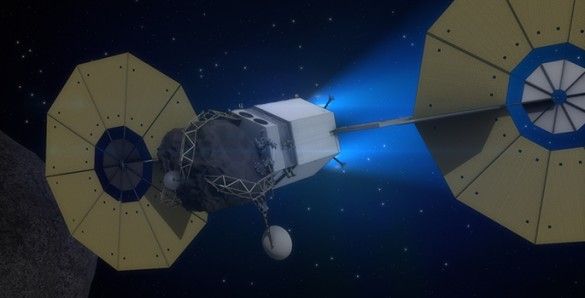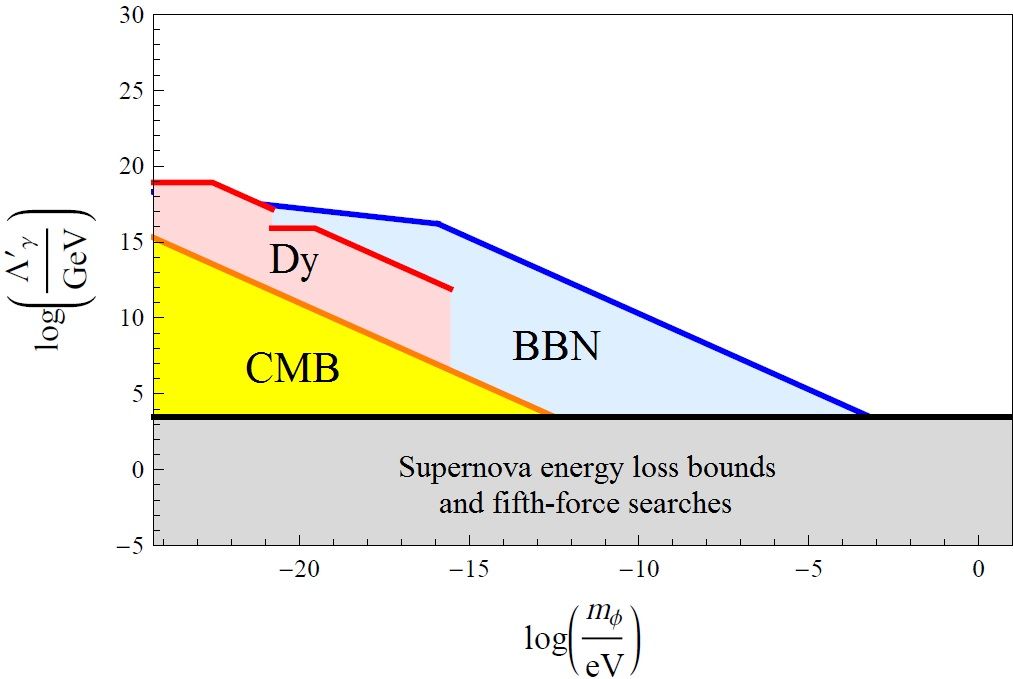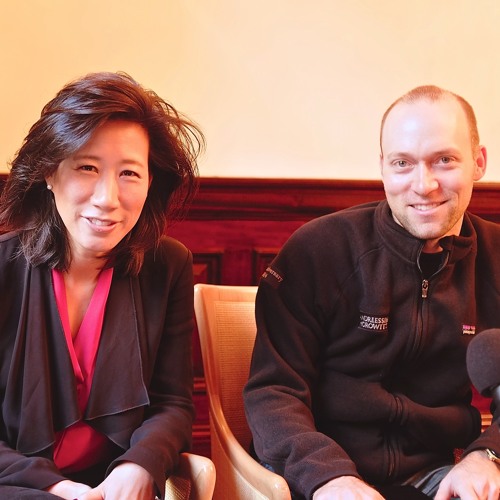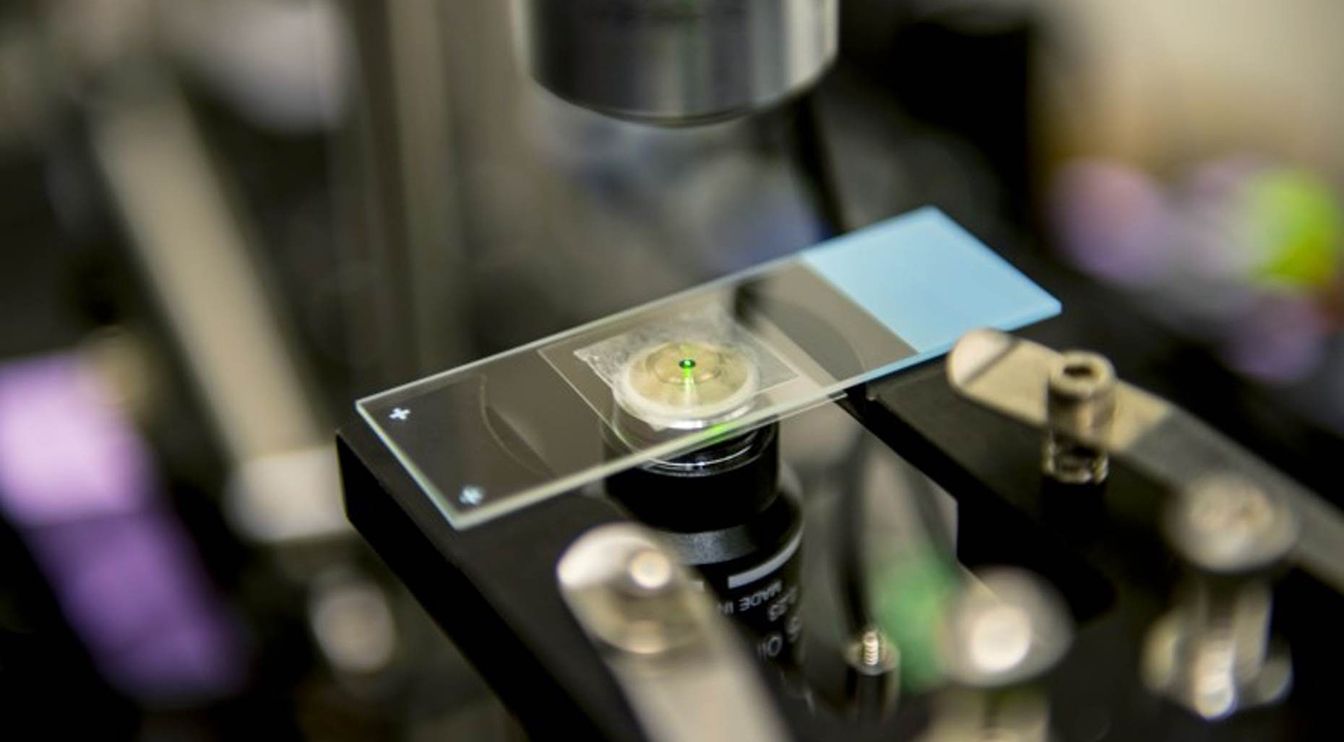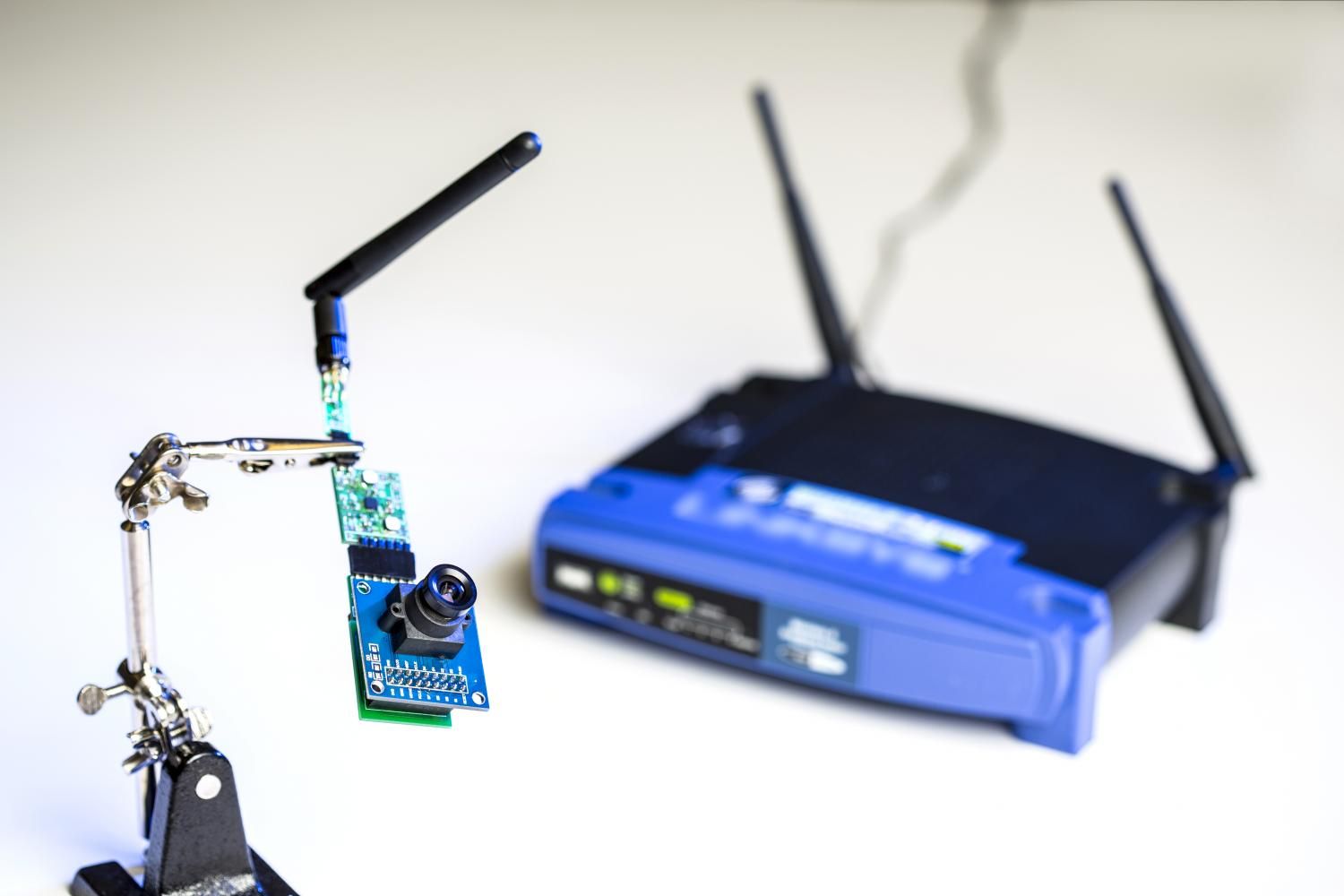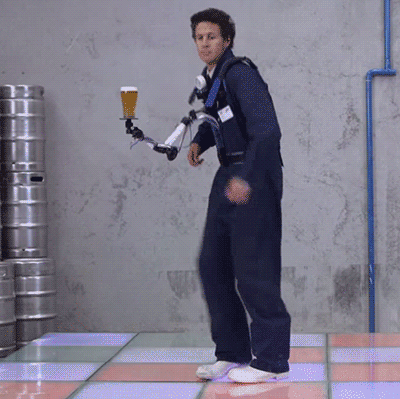Nov 20, 2015
Supercomputing the strange difference between matter and antimatter
Posted by Shailesh Prasad in categories: particle physics, supercomputing
An international team of physicists including theorists from the U.S. Department of Energy’s (DOE) Brookhaven National Laboratory has published the first calculation of direct “CP” symmetry violation—how the behavior of subatomic particles (in this case, the decay of kaons) differs when matter is swapped out for antimatter. Should the prediction represented by this calculation not match experimental results, it would be conclusive evidence of new, unknown phenomena that lie outside of the Standard Model—physicists’ present understanding of the fundamental particles and the forces between them.
The current result—reported in the November 20 issue of Physical Review Letters —does not yet indicate such a difference between experiment and theory, but scientists expect the precision of the calculation to improve dramatically now that they’ve proven they can tackle the task. With increasing precision, such a difference—and new physics—might still emerge.
“This so called ‘direct’ symmetry violation is a tiny effect, showing up in just a few particle decays in a million,” said Brookhaven physicist Taku Izubuchi, a member of the team performing the calculation. Results from the first, less difficult part of this calculation were reported by the same group in 2012. However, it is only now, with completion of the second part of this calculation—which was hundreds of times more difficult than the first—that a comparison with the measured size of direct CP violation can be made. This final part of the calculation required more than 200 million core processing hours on supercomputers, “and would have required two thousand years using a laptop,” Izubuchi said.


